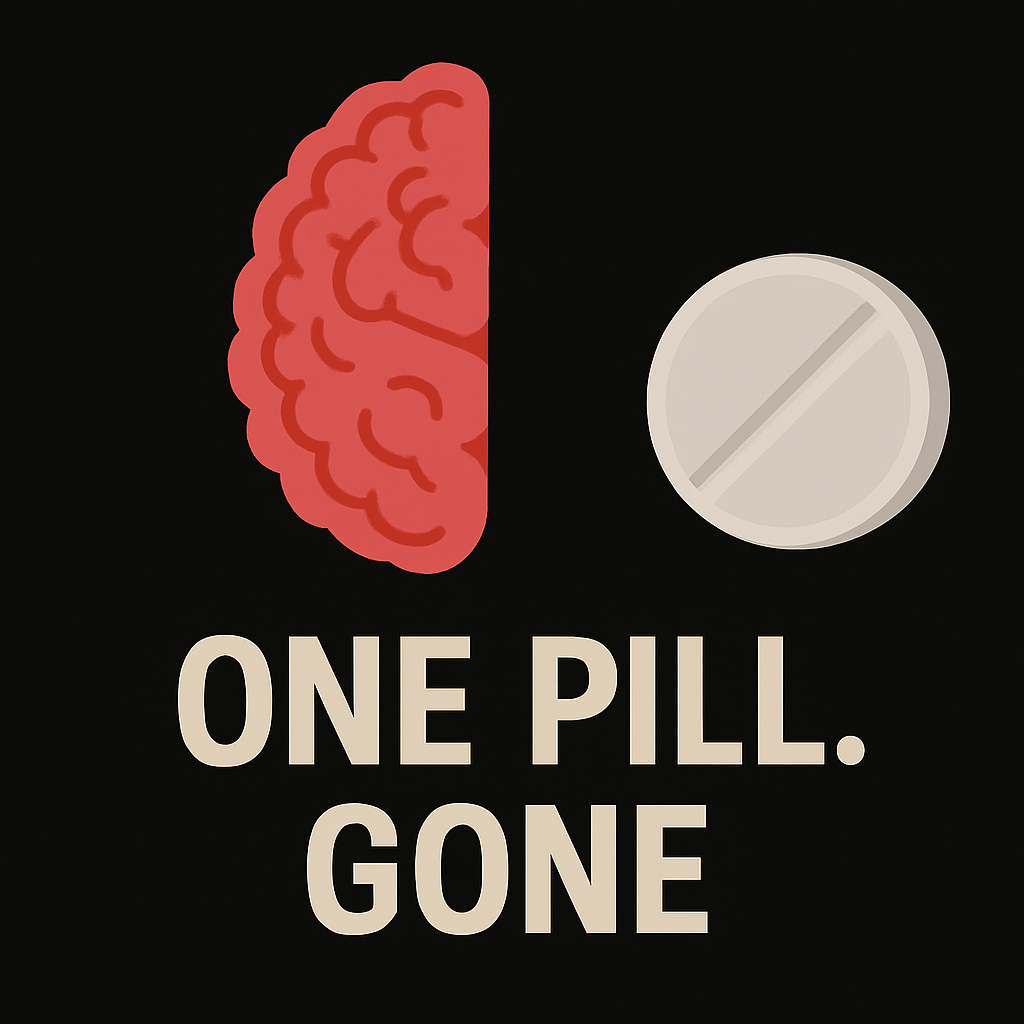
A 19‑year‑old student died after believing he’d taken oxycodone purchased online; toxicology later revealed nitazene contamination. People across the UK have died from accidental overdoses after using heroin and other drugs that were unknowingly laced with fentanyl or nitazenes. These synthetic opioids are so powerful that even a tiny amount can shut down breathing and cause death within minutes. The danger lies in the fact that your drug might look the same as it always has—same pill, same powder—but what’s inside could be completely different. There’s no smell, no taste, and no way to tell with the naked eye. That means the risk of overdosing is now far higher, even for those who have used the same substance in the past without problems.
What Are Fentanyl and Nitazenes?
Fentanyl is a powerful synthetic opioid originally developed for legitimate medical use, primarily to treat severe pain in cases such as cancer or post-surgery recovery. It is up to 100 times more potent than morphine and 50 times more potent than heroin, meaning that just 2 milligrams, a tiny amount equivalent to a few grains of salt, can be lethal. While it remains useful in hospitals, fentanyl is now flooding illegal drug markets, often disguised as heroin, cocaine, MDMA, or even fake prescription pills like Xanax or oxycodone. This makes it especially deadly, as users often have no idea they’re taking it.
Nitazenes are a powerful class of synthetic opioids known as NSOs (New Synthetic Opioids), originally developed in the 1950s for potential medical use but never approved due to their extreme potency. They are often hundreds of times stronger than heroin and at least as potent as fentanyl, meaning that even tiny doses can be deadly. In recent years, nitazenes have appeared on illegal drug markets, frequently mixed with or sold as other substances like heroin, cocaine, or fake prescription pills. This makes them especially dangerous, as users are typically unaware they’re taking them. Some nitazenes may not respond to typical doses of naloxone, the opioid overdose reversal drug, further increasing the risk of a fatal overdose.
Emerging Concern in the UK
Between 1 June 2023 and 31 May 2024, England recorded 179 confirmed deaths involving nitazenes across all regions. By January 2025, the UK government reported at least 400 deaths linked to nitazenes since mid‑2023, warning that numbers are likely to rise.
Legal & Government Response
- March 2024: 14 nitazene drugs were made Class A (toughest category). Producing or selling = life in prison; possession = up to 7 years.
- January 2025: A new generic law now bans all nitazene variants, so updated versions can't slip through.
- Border Force dogs are now trained to sniff out fentanyl AND nitazenes in mail—the first country to do this.
- Legal safety: Anyone making or selling them faces the harshest penalties.
- Preventing new threats: The law now covers future chemical changes, keeping ahead of drug designers.
- Stopping drugs early: Dogs at borders help catch lethal substances before they reach communities.
Know the Signs of Overdose:
- Unconsciousness or unresponsiveness
- Slow or stopped breathing
- Blue or grey lips/fingertips
- Gurgling or snoring sounds
What to Do in an Emergency
- Call 999 immediately—tell them it's a suspected overdose.
- Administer naloxone if available:
- Nasal spray: Spray into one nostril.
- Injectable: Inject into the thigh or upper arm.
- Wait 2–3 minutes. If no response, administer another dose.
- Place the person in the recovery position and stay with them until help arrives.
Accessing Naloxone in the UK
- Free kits are available from local drug services and pharmacies.
- Training is often provided to ensure proper use.
Need Help?
- Student Wellbeing Hub At The University of Greenwich- Student Wellbeing Hub | Support | University of Greenwich
- Talk To FRANK- https://www.talktofrank.com
- Greenwich- via - Greenwich - via
Further Information:
- Nitazene-related deaths in England (179 cases, June 2023–May 2024): gov.uk/deaths-linked-to-potent-synthetic-opioids
- March 2024 ban on 14 nitazenes (Class A drugs): gov.uk/news/more-synthetic-opioids-banned
- CGL (Change Grow Live) – Nitazene safety advice: changegrowlive.org/nitazenes
